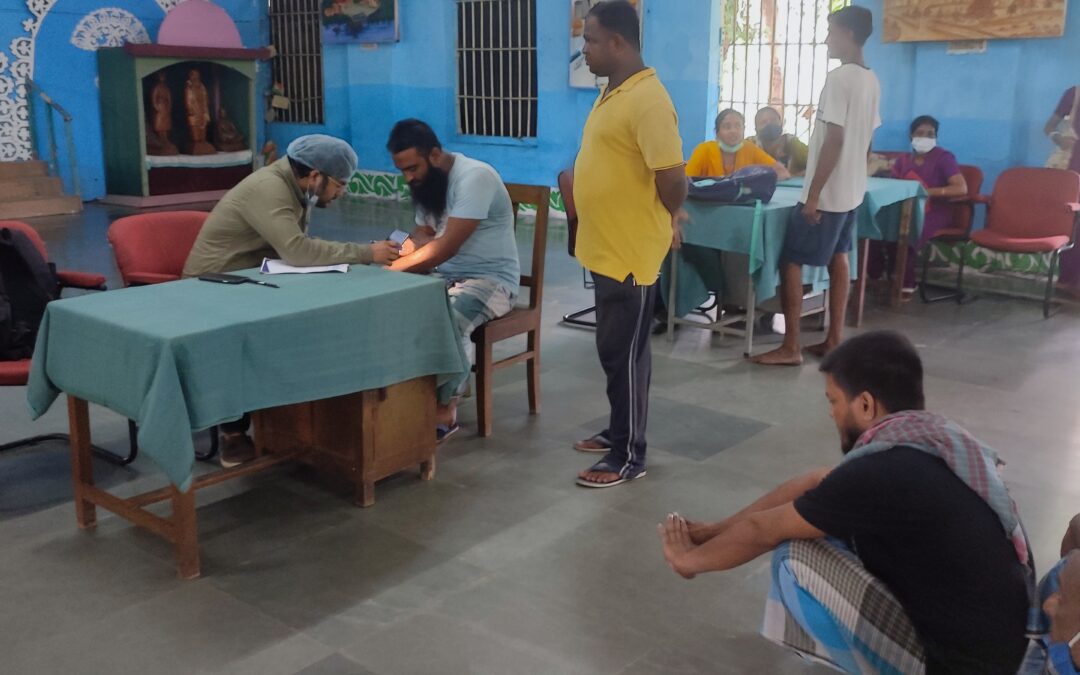

Guidelines on the use of FIFI Nasteride in Androgenetic Alopecia
Read: https://druttamskinandhair.com/wp-content/uploads/2017/05/finasteirde_IJDVL_164_14R11.pdf
Safety and Efficacy of Long-pulsed Nd:YAG Laser for the Treatment of Keloids – A Prospective Study of 39 Keloids
Introduction: Effective keloid management is still difficult despite many recent modalities being introduced. Lasers such as pulse dye lasers and Nd:YAG lasers have been tried for the treatment of keloids due to their ability to cause capillary destruction and also collagenase induction, but adequate data are lacking.
Objective: To assess the efficacy and safety of long-pulsed Nd:YAG laser in the treatment of keloids.
Material and methods: We conducted a prospective study of 39 hypertrophic scars (of less than 6 months duration) and keloids (of more than 6 months duration) in 19 patients who were treated with a long-pulsed (1064 nm) Nd:YAG laser for 3 sessions at three-week intervals. At each visit, the treatment effectiveness was measured by the Vancouver scar score (VSS) on the basis of vascularity, pigmentation, pliability and height. Therapeutic effectiveness criteria (TEC) and patient satisfaction scores (PSS) were also recorded. Data was statistically analyzed with the help of the One-way ANNOVA test.
Results: The total improvement in the VSS was 29.6% at the end of the study. There was no significant difference in improvement based on site-wise comparison. With the PSS, 18 out of 29 patients recorded an improvement of 30-50%. With the TEC, 21 showed excellent improvement followed by 13 having effective and none having inefficient improvement. Lesions of less than 6 months duration showed statistically significant improvement in terms of vascularity, pliability, height and total score (P <0.003); on the other hand, keloids of more than 6 months duration showed statistically significant improvement in terms of vascularity, pliability and total score (P<0.0001), but not in height. Comparing between both subgroups, the percent improvement was greater in keloids of less than 6 months duration (17.5% in vascularity and 33% in height, 10.3% in total score). Side-effects observed were transient; post-procedure pain occurred in three patients and hypopigmentation in one patient.
Conclusion: Long-pulsed Nd:YAG laser is effective and safe in the treatment of keloids and serves as a new emerging tool for treatment, with significant improvement seen in Vascularity, Pliability, Height and Total score parameters, particularly in early scars. Though complete resolution was not seen in any patient, this modality may be used as an adjunct to other existing traditional treatments as is easy to perform and free from significant side effects. Treating keloids early is of high importance for achieving better results. A larger study with a longer follow up is recommended.
Key words: Keloids, hypertrophic scars, Nd:YAG laser.
Article: J. LA&HA, Vol. 2015, OnlineFirst. Received: July 8, 2015; Accepted: October 9, 2015


